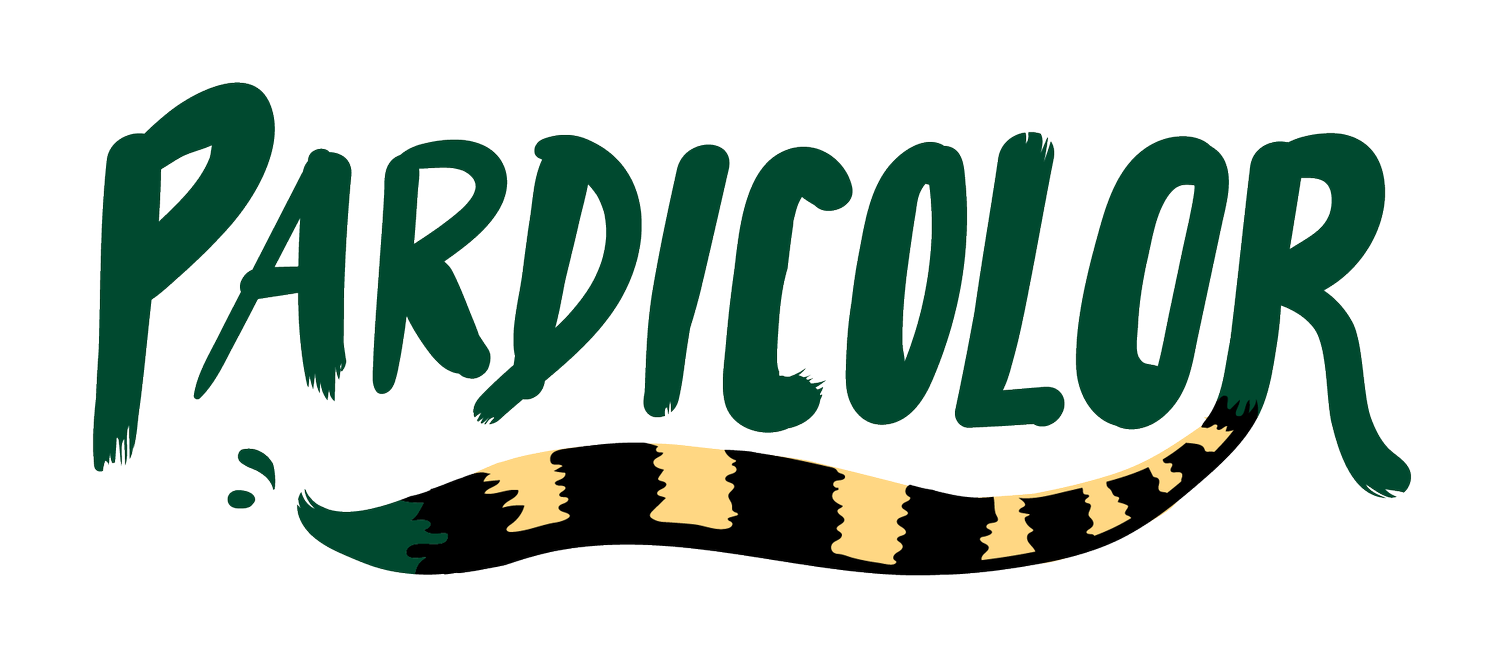
WILDLIFE OF SOUTHEAST ASIA
Kenneth Chin
SINGAPORE
Kenneth Chin is a natural science illustrator, conservation photographer and advocate for the deaf based in Singapore.
Growing up in the bustling city of Singapore Kenneth had little or no contact with the forest until the age of 17 when he chanced upon photos of the local wildlife. From that first chance encounter Kenneth has gone on to build his own portfolio of wildlife images and illustrations with a strong regional focus. In 2020 Kenneth received a small grant from the PARDICOLOR Creative Arts Fund to continue his work. An artist who embodies the strong connection between art and science, here we share some of his playful Wildlife of Southeast Asia illustrations in the form of an ABC series and an endemic species sticker sheet to raise awareness in Singapore. Captions are written by Kenneth.
Above: a Yellow Throated Marten (Martes Flavigula), a species found across Asia and currently listed as Least Concern on the IUCN Redlist of Threatened Species.
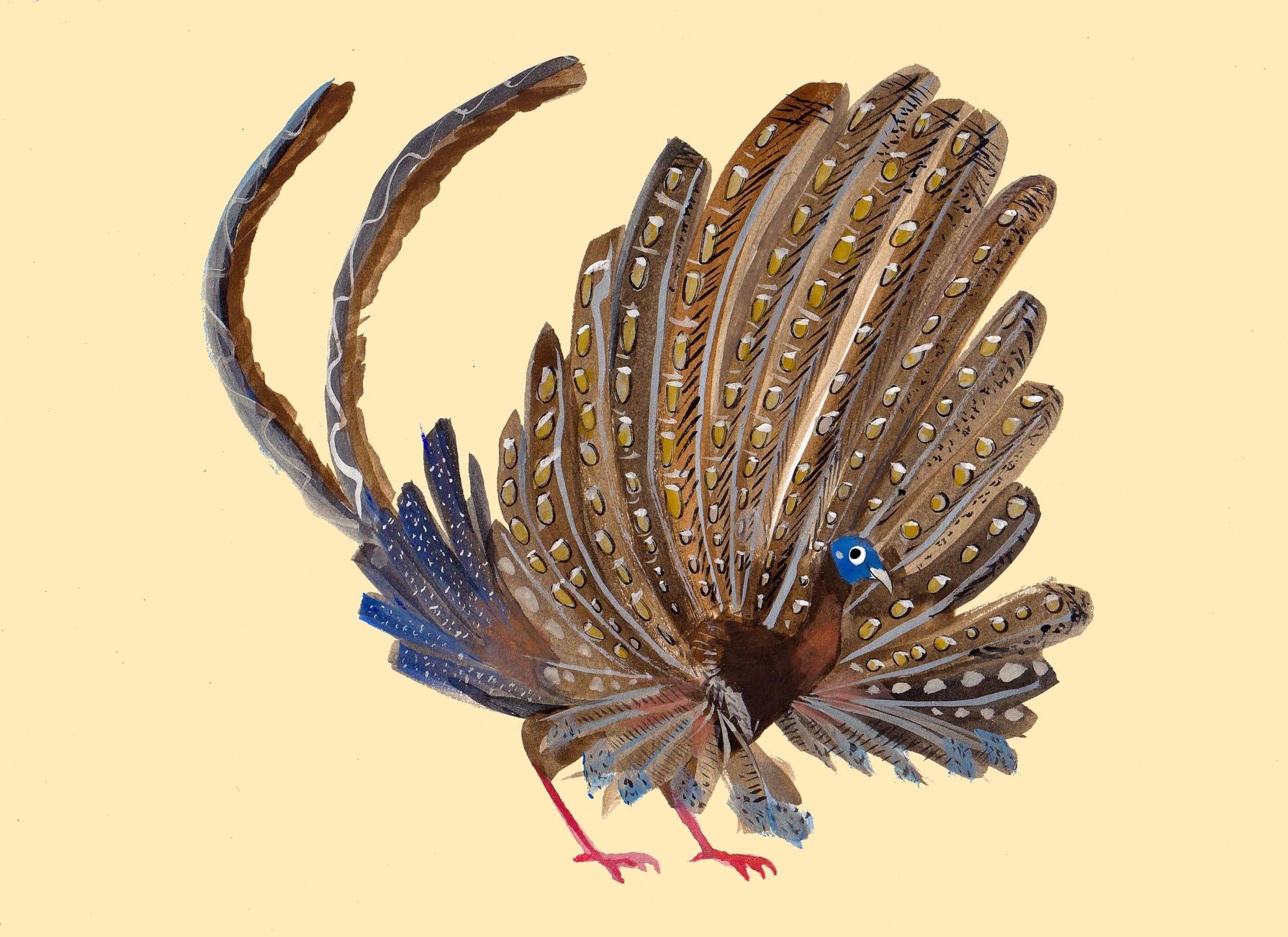
Southeast Asian Endemic Species A - Z. Beginning with A: Great *A*rgus. The courtship display of a male Great Argus is among the most impressive in the world. This species inhabits lowland forests in Malay Peninsula, Borneo and Sumatra. The males' lovelorn-sounding courtship call sounds like “kow-WOW” which resonates loudly but they remains elusive.
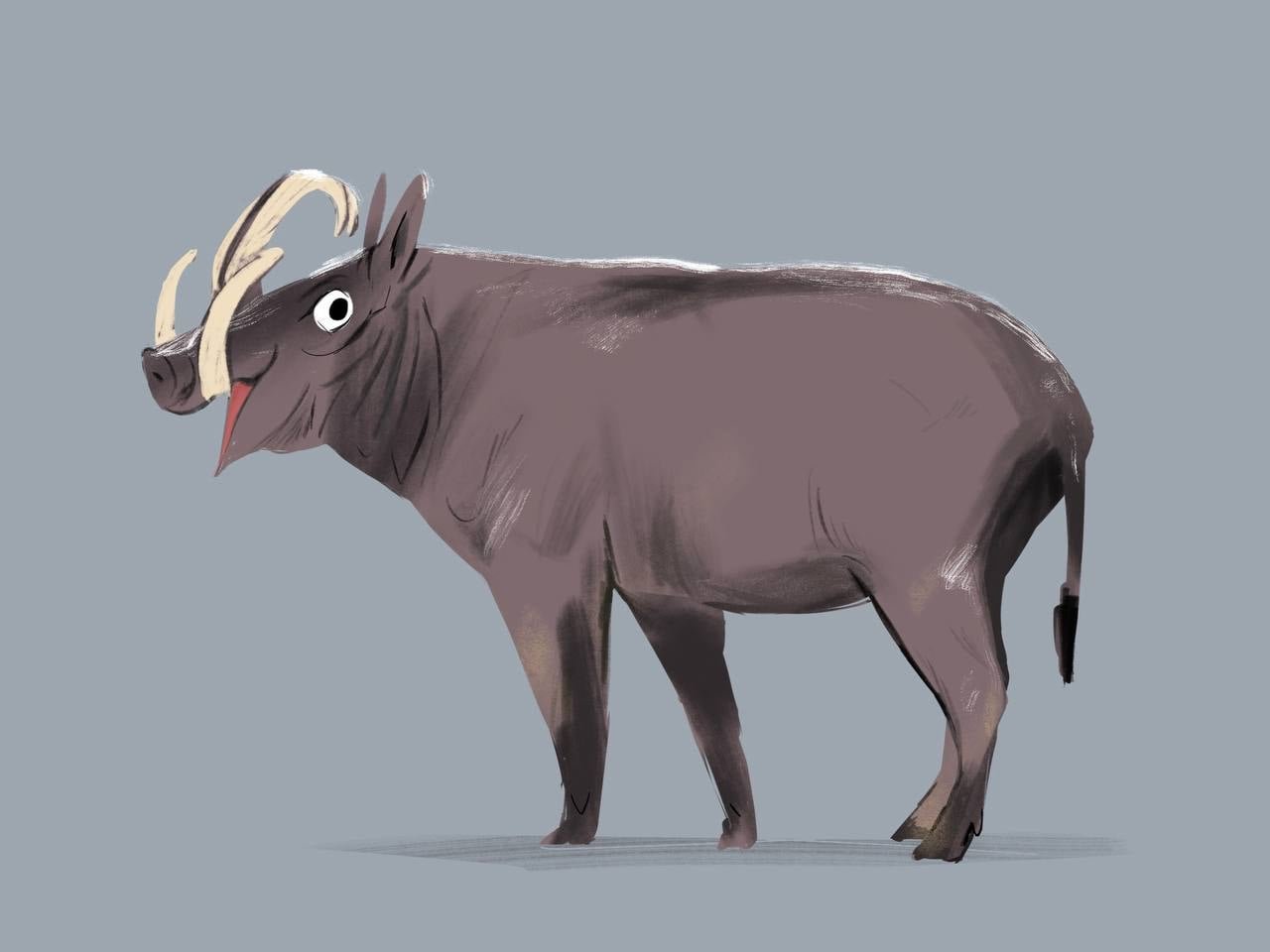
*B*abirusa - this species is endemic to the Indonesian islands of Sulawesi, Togian, Buru and Sula. There are currently 4 species as of now, all on the islands – I painted the most well-known species – North Sulawesi Babirusa.
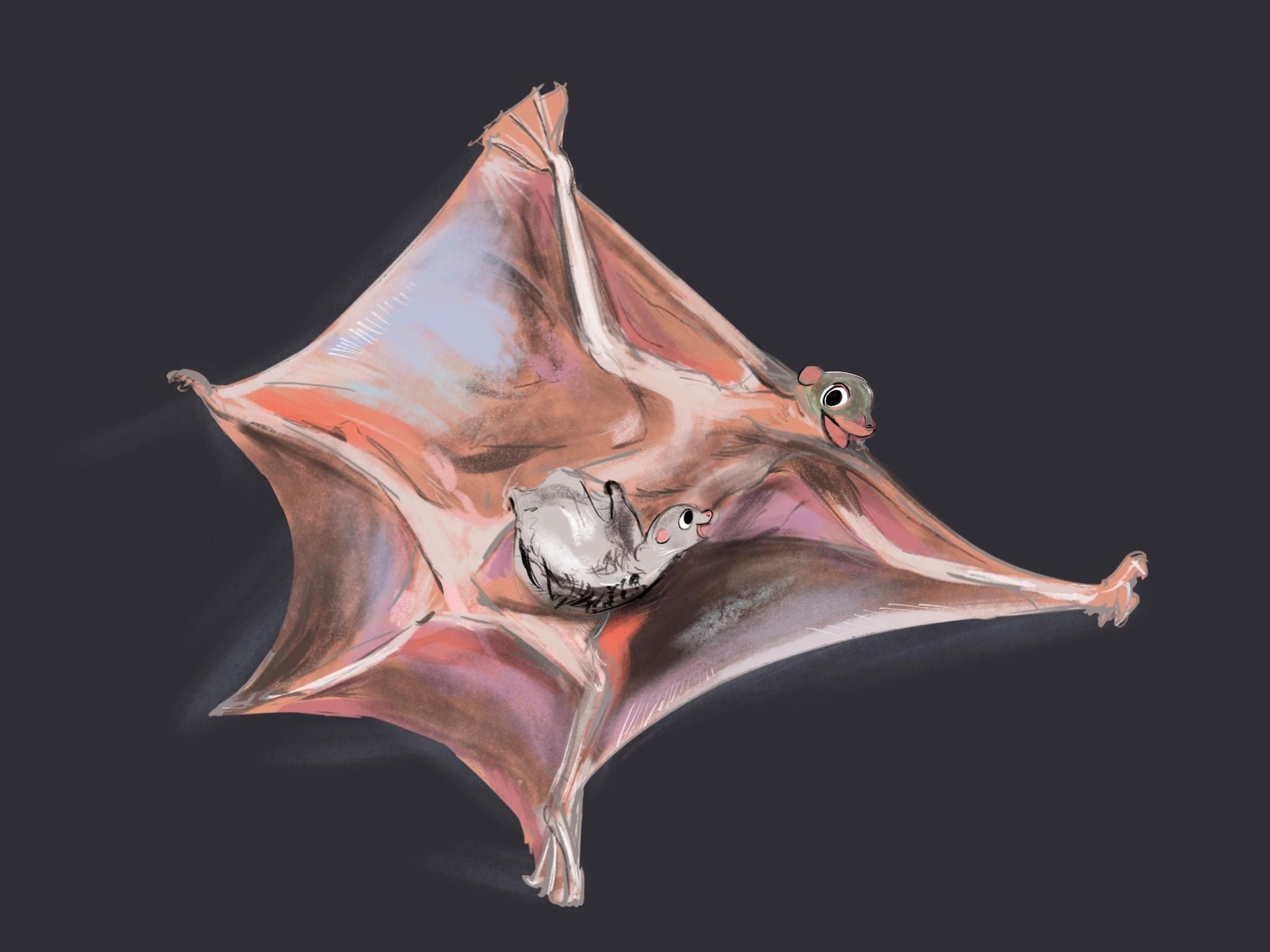
*C*olugo - once, I felt a gush of wind from above and I looked up to an adult swooping by! Amazingly, they are doing quite well in numbers here in Singapore.
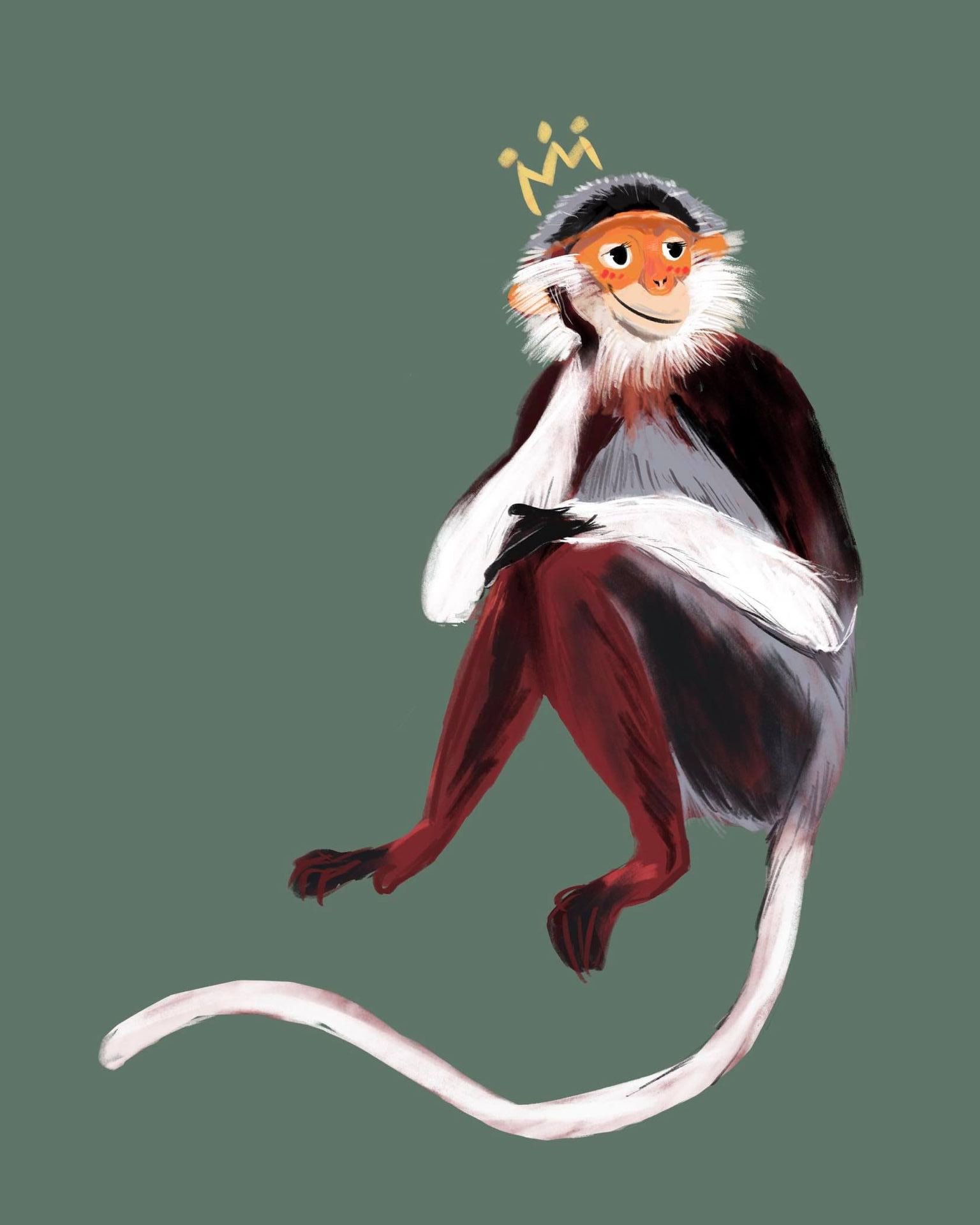
Red-shanked *D*ouc langur - probably the most beautiful primate in the world. This species holds a memory held close to my heart. When I least expected it, a troop of them appeared just outside my hotel window at Bach Ma National Park (Vietnam).
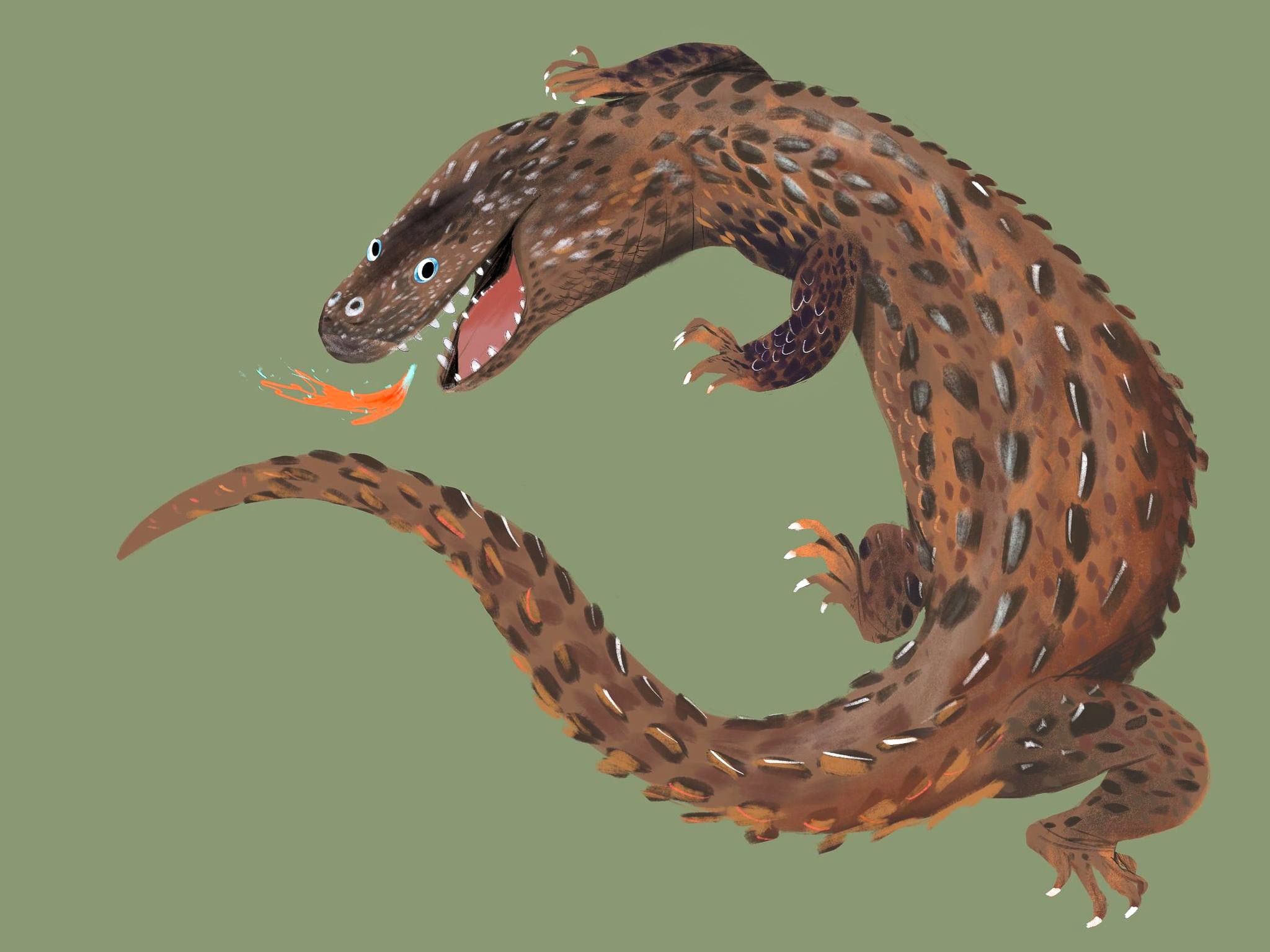
*E*arless monitor lizard - I was planning a trip in 2020 with a Japanese friend to find this rare elusive semi-aquatic lizard, Earless Monitor which is endemic to Borneo island. It has big and sharp teeth to eat earthworms which is its primary diet. It is one of my personal favorites.
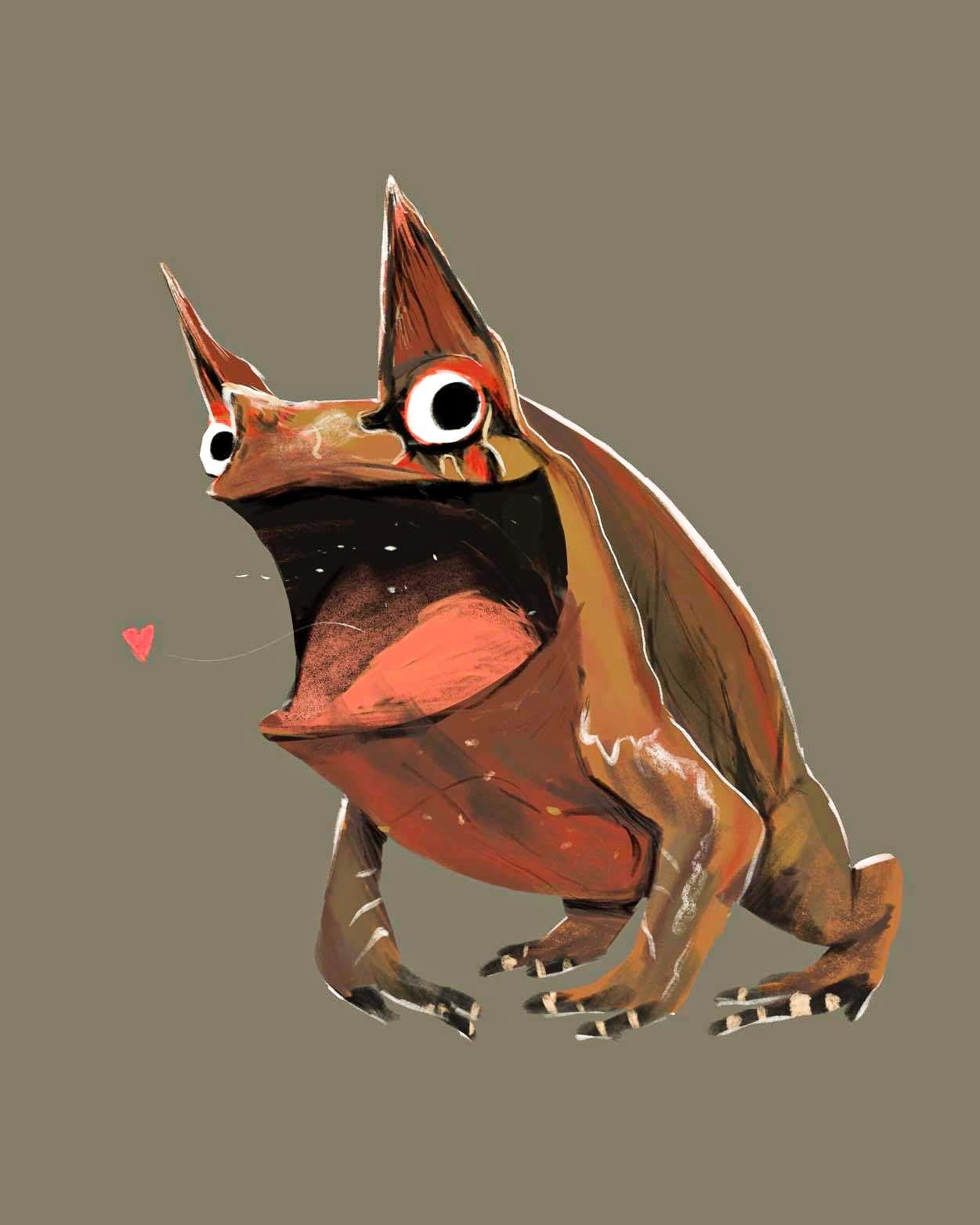
Malayan horned *F*rog - many herpers have flocked down to our region to tick this off their list.
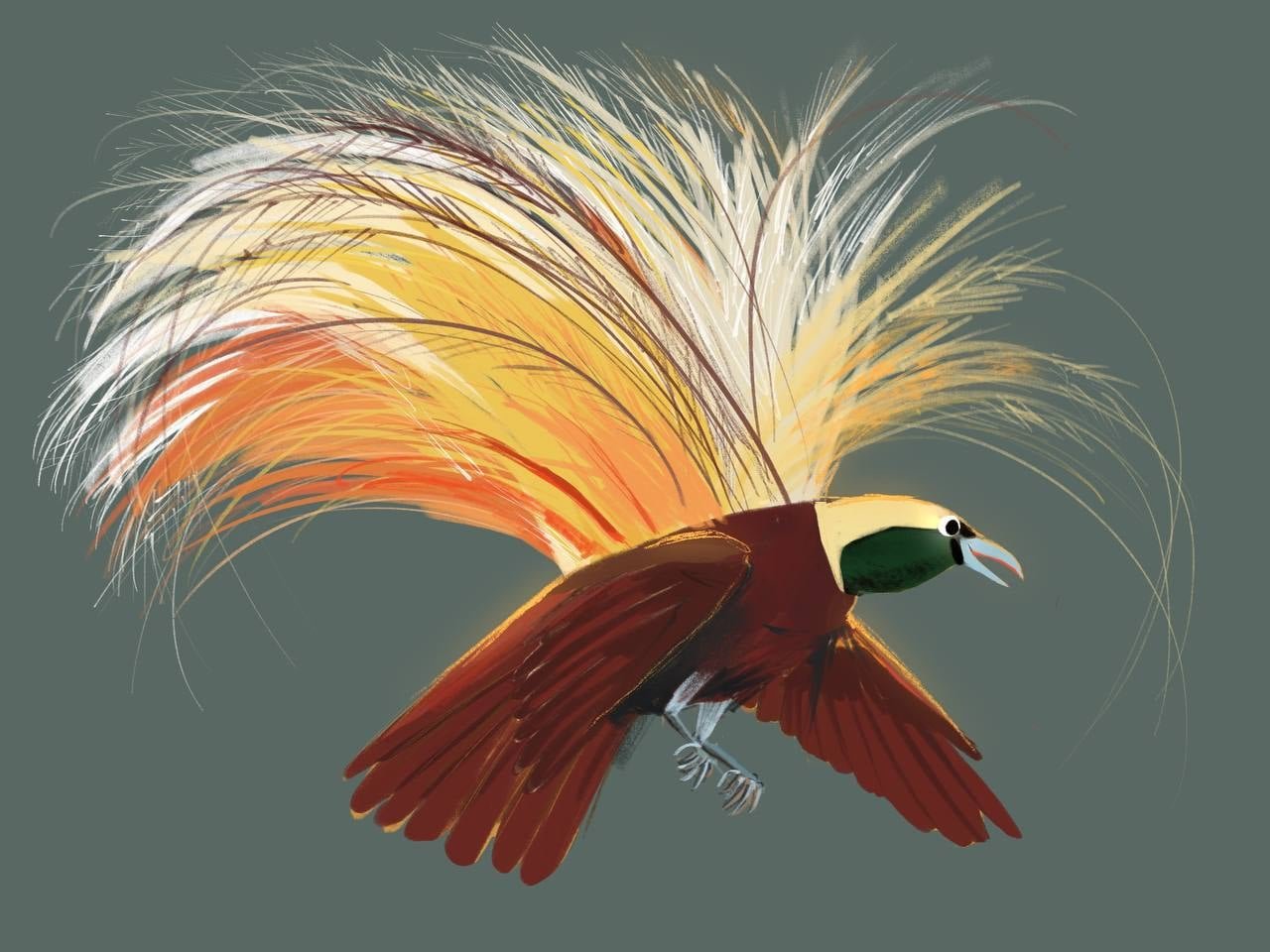
*G*reater bird-of-paradise - I knew that I must include one species to draw for my challenge. For this piece I revisited my old work that I did in Cambridge Museum of Zoology of another similar species.
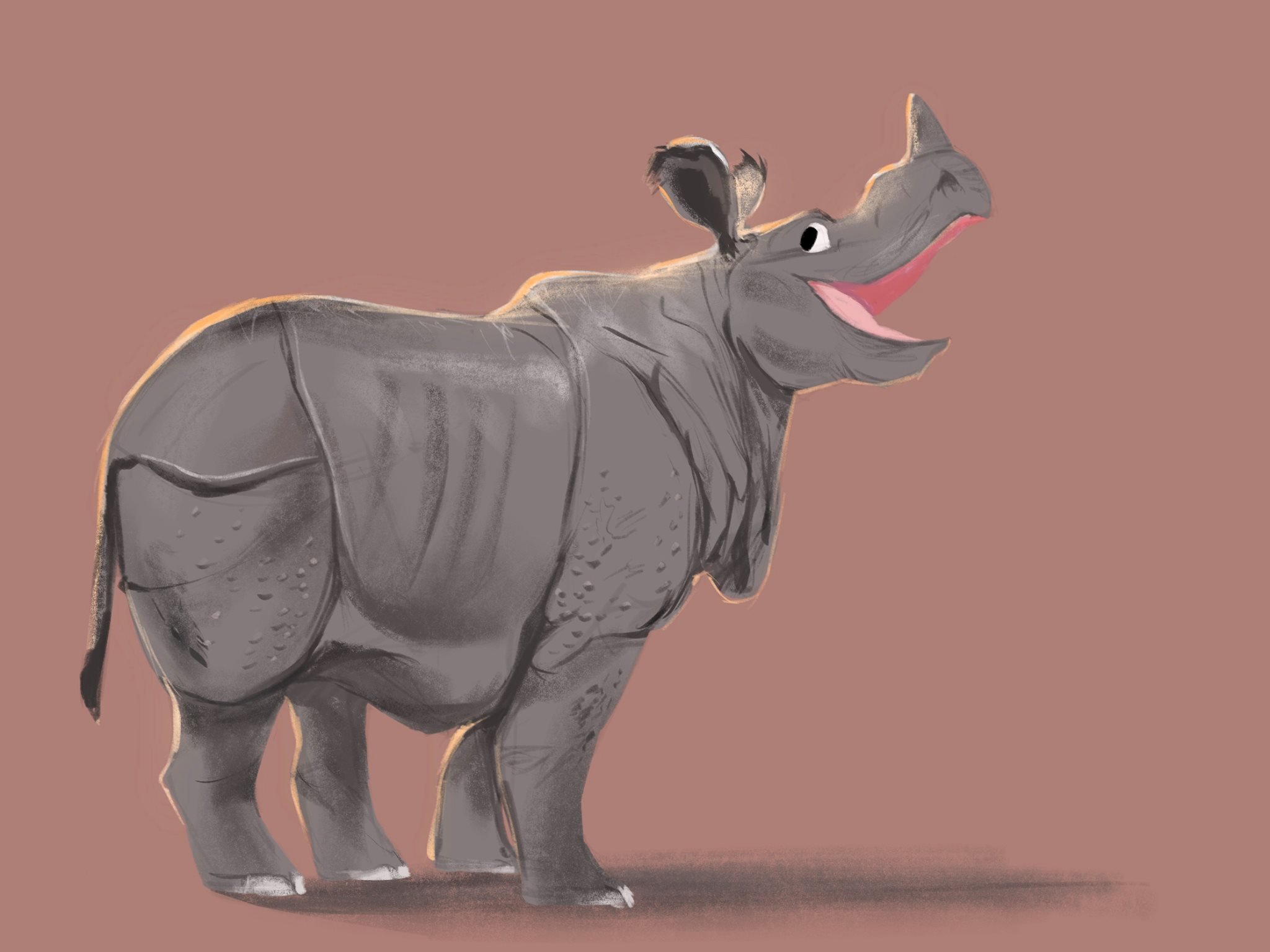
*J*avan rhino - a no-brainer to include this most prehistoric-looking animal. The Sumatran was been declared extinct in Malaysia last year. Javan Rhino is the most threatened rhino species of all 5 in the world.
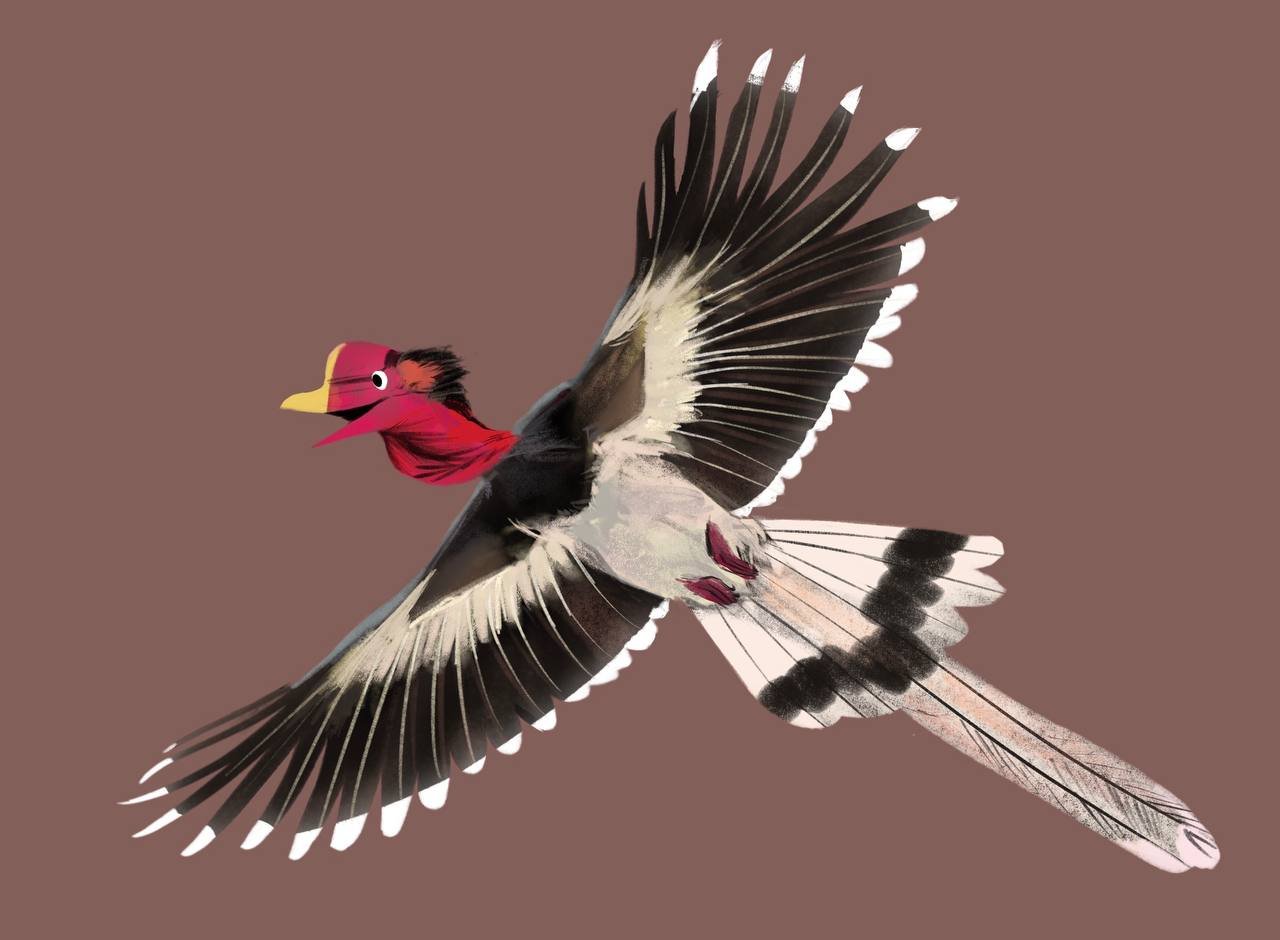
*H*elmeted hornbill - One of the most impressive avian species in Southeast Asia and the only one with solid casque (helmet) hence, victim to illegal wildlife trade. They are hunted for their casques in Borneo which are in great demand for carved jewelry and ornaments. It used to be in Singapore in the past but has since been extinct. They are a low-density species so even in a prime habitat, they're still low in numbers. That would make them even more vulnerable to be crippled of their conservation status.
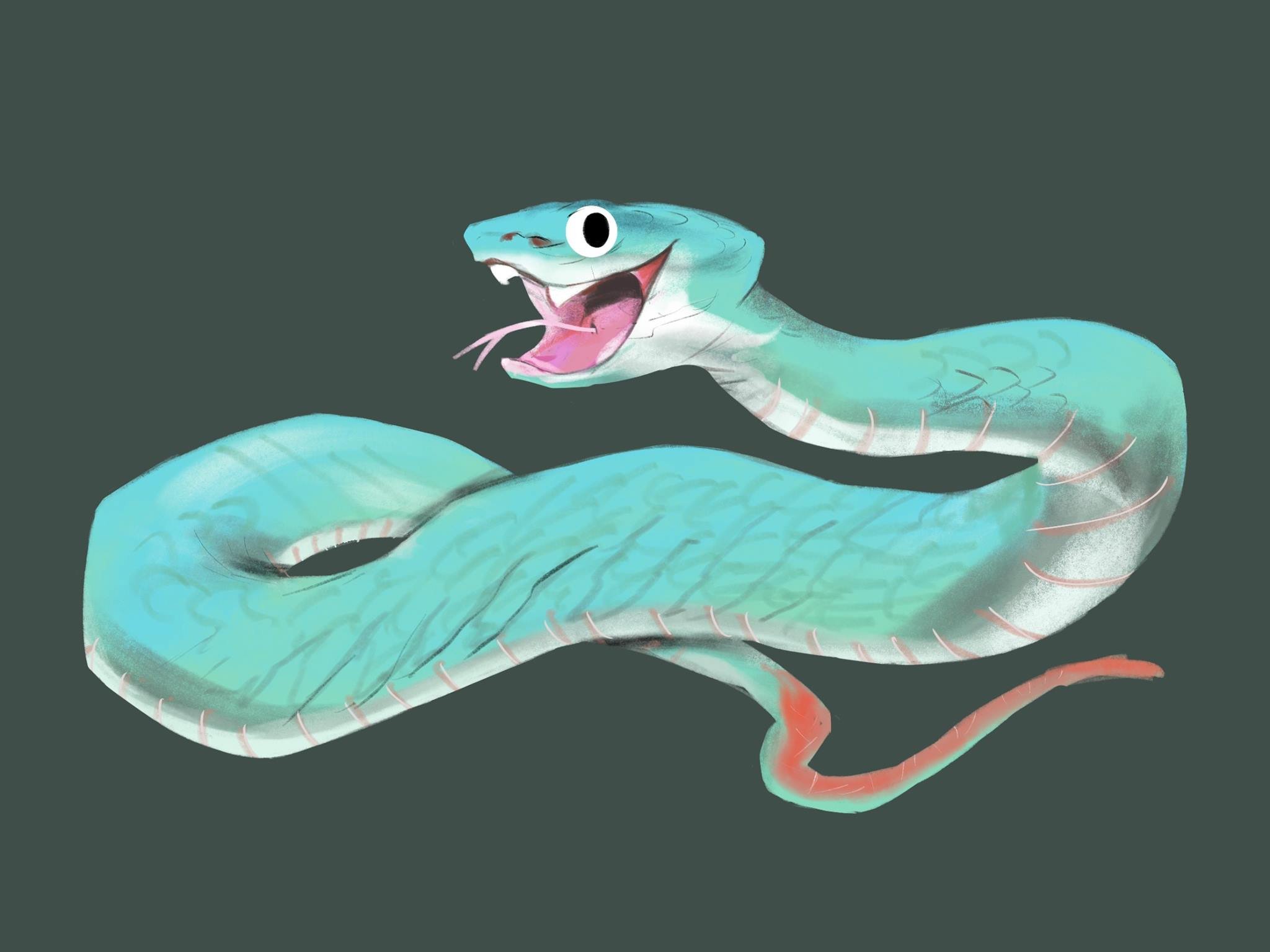
Trimeresurus *I*nsularis (Blue Pit Viper) -I had to include this species in the list so I used its scientific name! The most famed blue viper in the world, boasting its charming turquoise color with a touch of red. Its species has a wider distribution across multiple islands of Indonesia but only a select few has this phenomenal color phase.
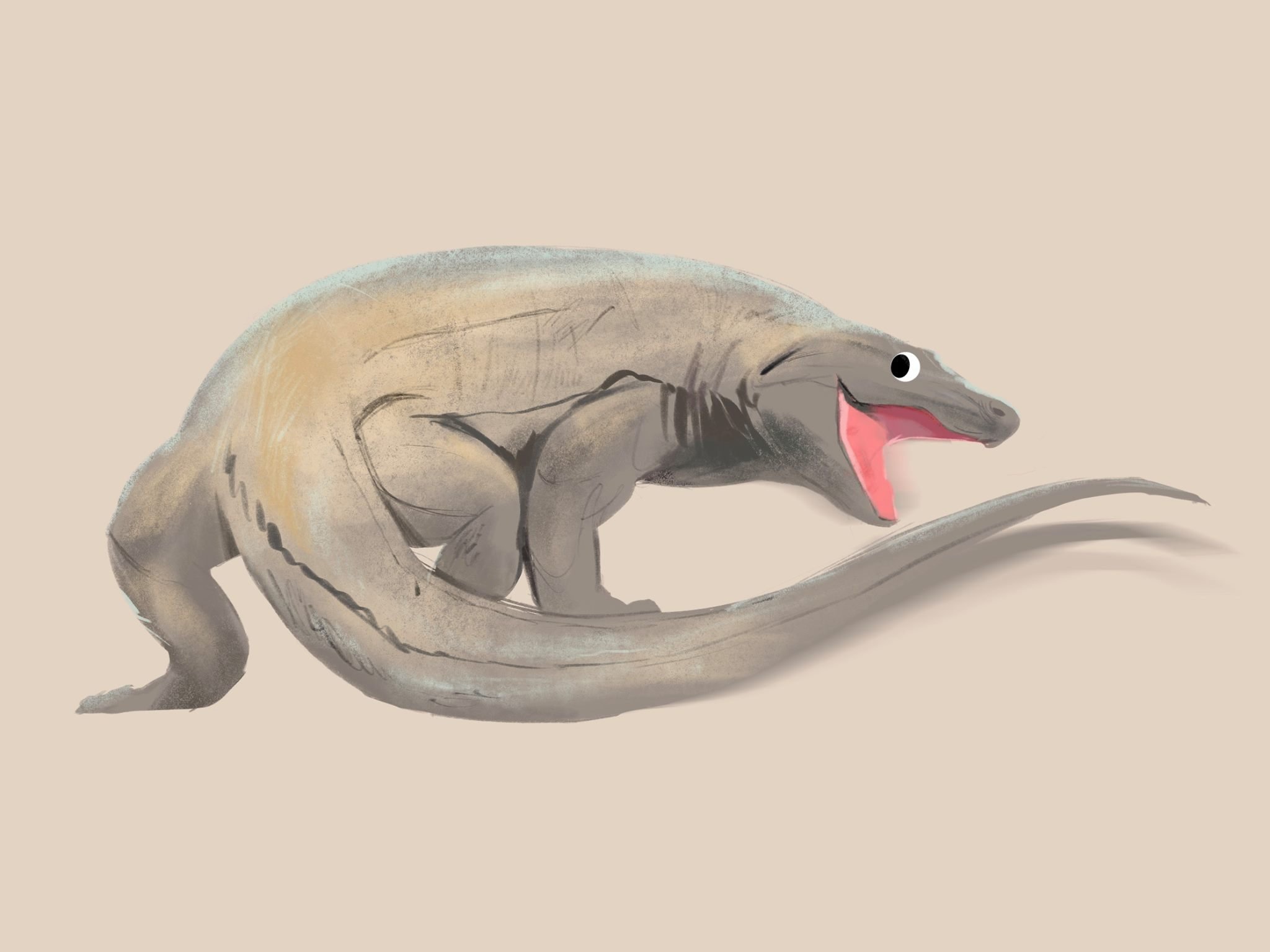
*K*omodo dragon - this species' venom is loaded with toxins that lower blood pressure, cause massive bleeding, prevent clotting, and induce shock. In this art piece, I try to portray their defensive behavior of tail-whipping which is a sign to back off and give it space.
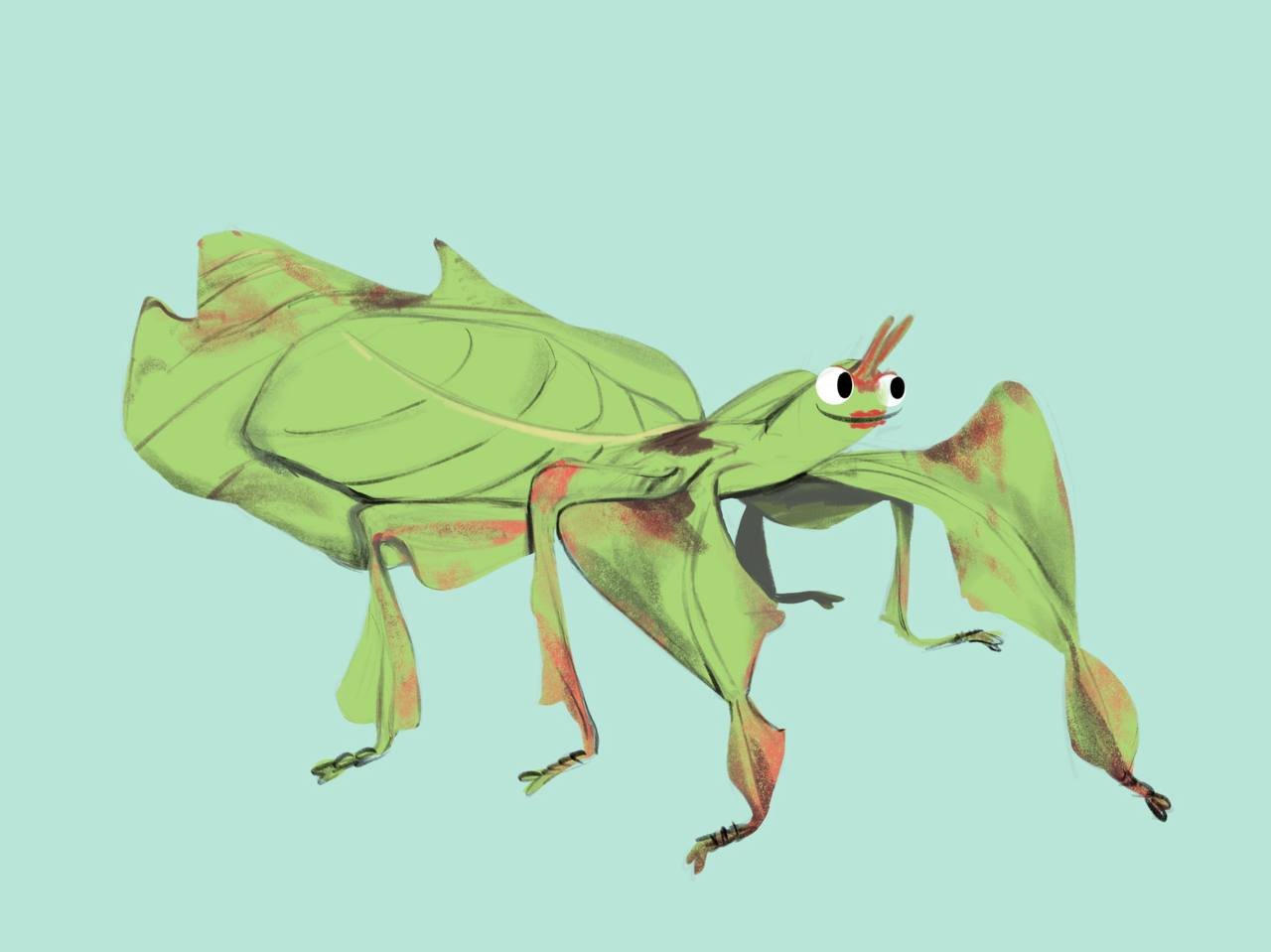
*L*eaf insect - their remarkable camouflage has captivated collectors from all over the world. They are canopy dwellers and sometimes have specific host plants.
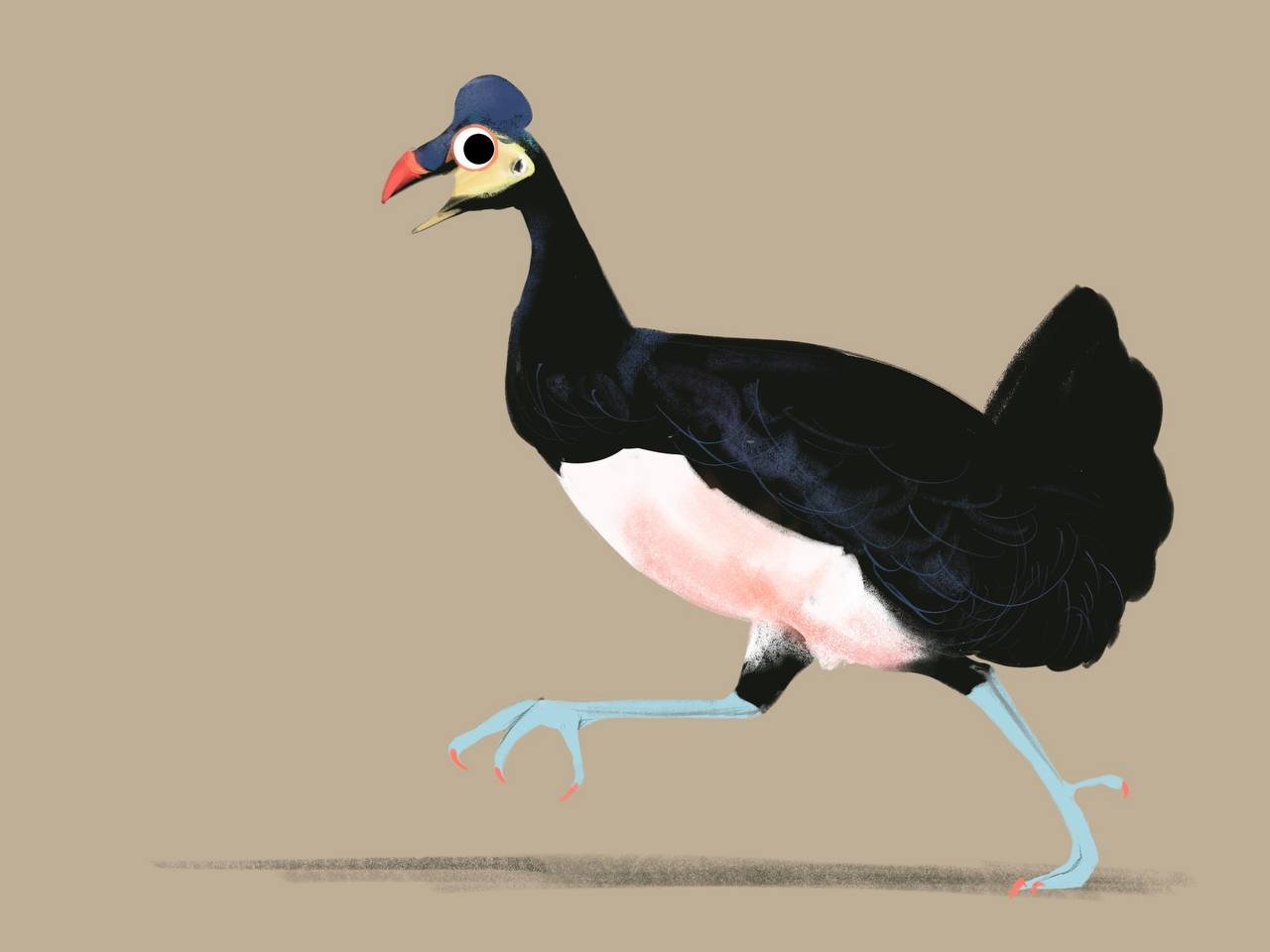
*M*aleo - Maleos are chicken-like creatures with black and white-orange plumage. They are mound-builders who they depend on geothermic heat to incubate their eggs. This species is only found in Sulawesi.
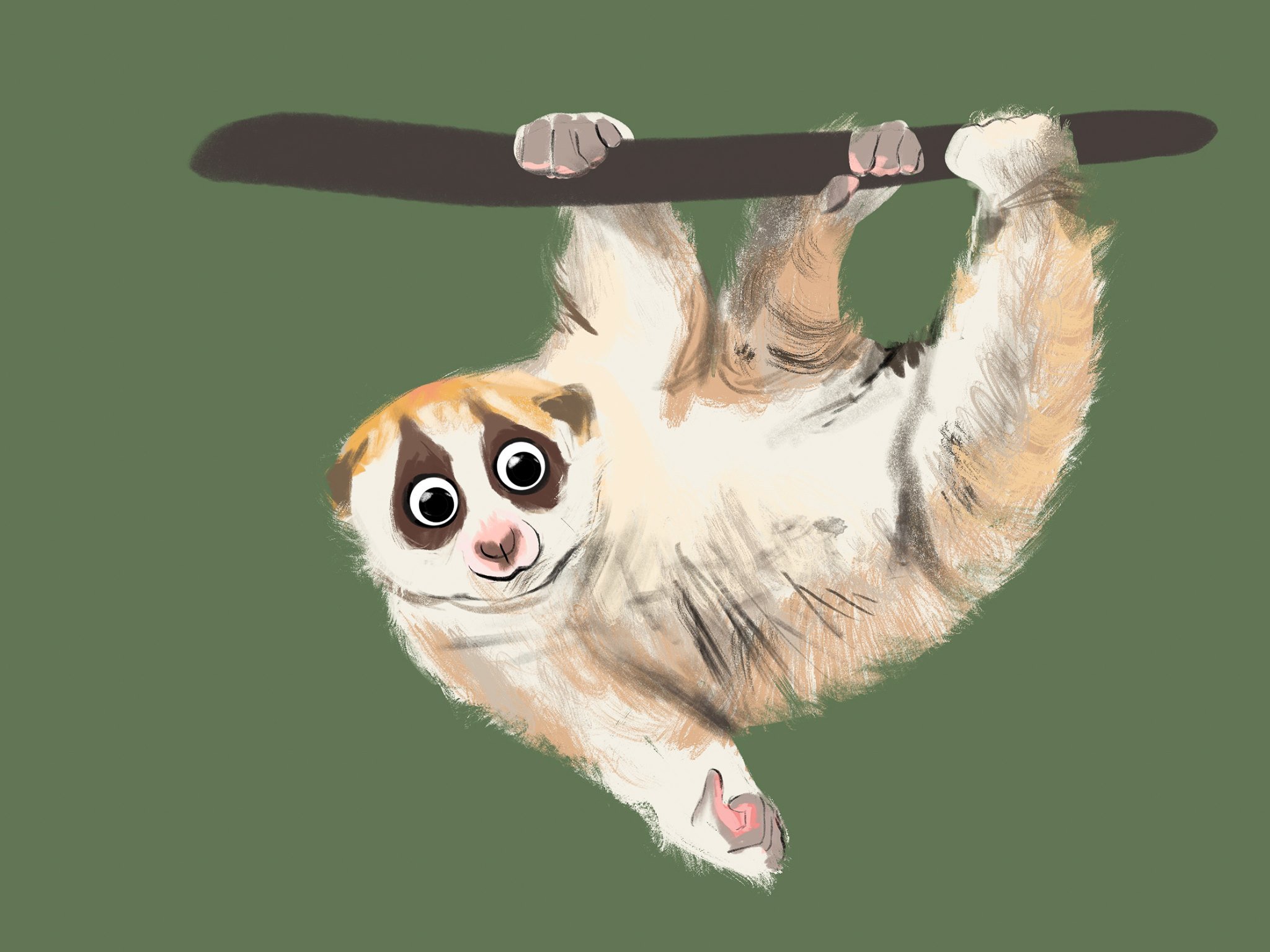
*N*ycticebus genus (Slow loris) .
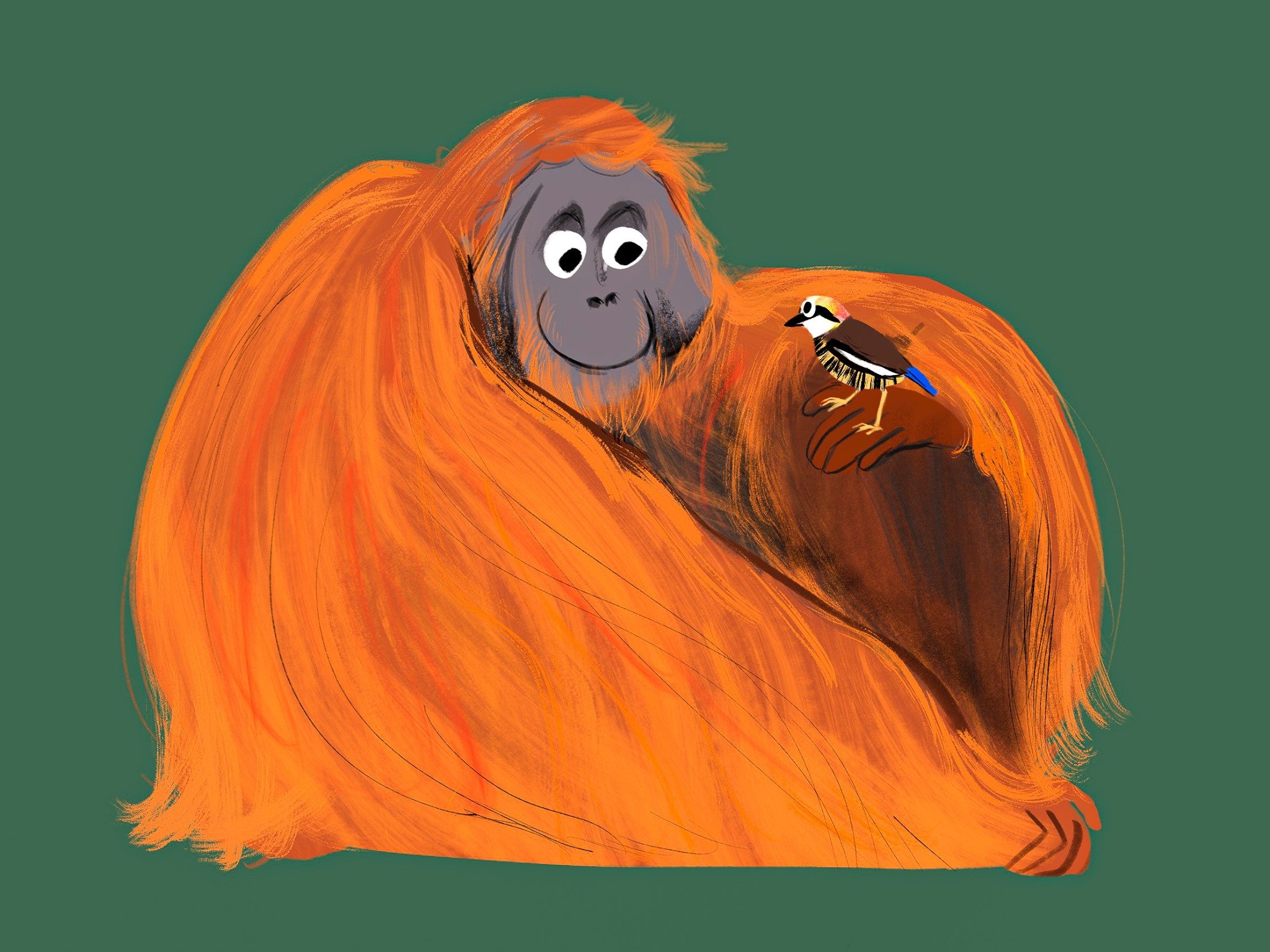
*O*rangutan - Orangutans are apes which means they do not have tails like monkeys. They are found in Borneo and Sumatra with three distinct species. They are the largest tree-dwelling mammals in the world.
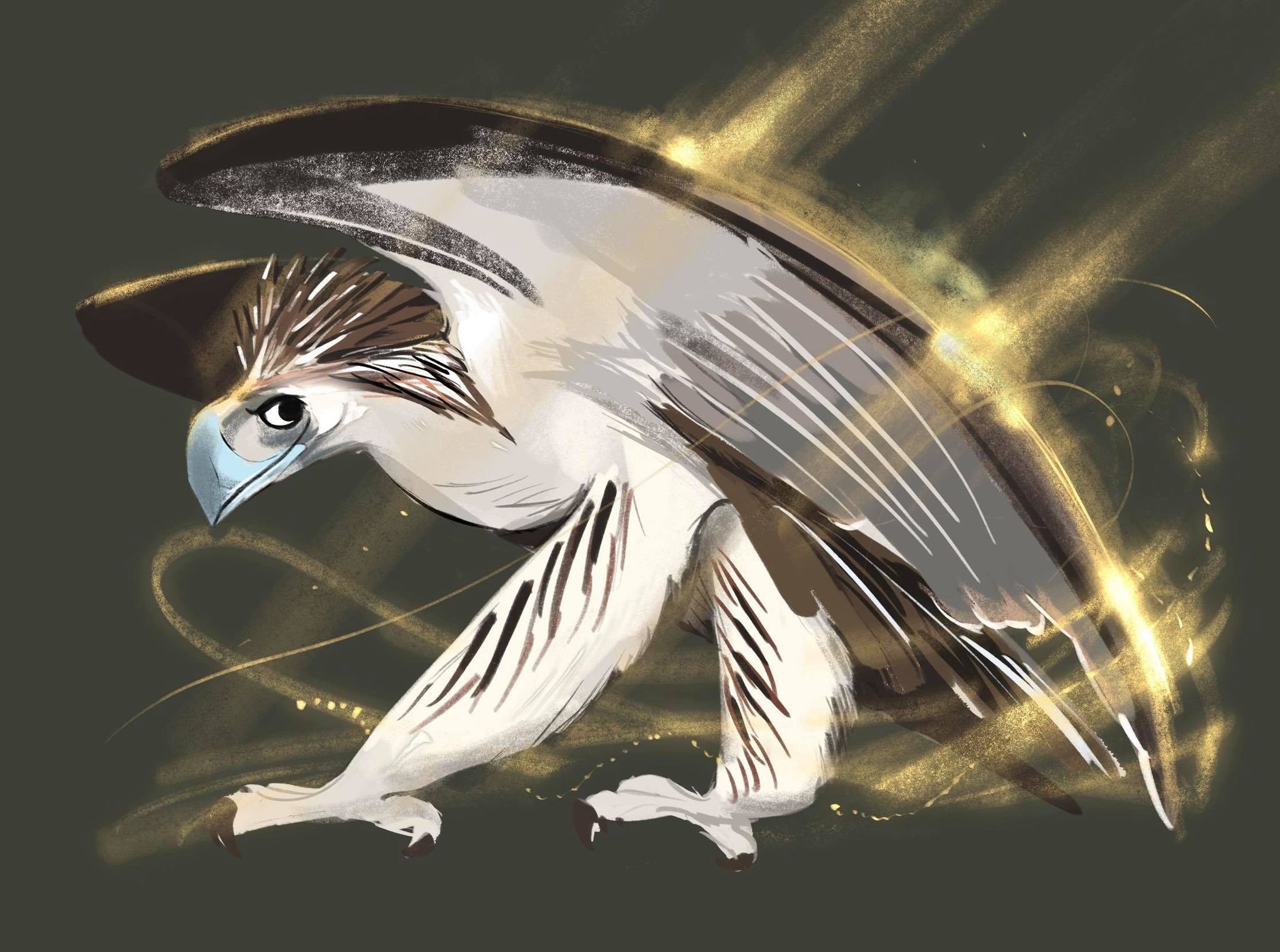
*P*hilippines eagle - It is known to be the monkey-eating eagle and one of the biggest terrors in the sky if you're any other animal.. They are extremely charismatic with their amazing plumage and white stylish pants. It is one of the first birds I learnt during my childhood.
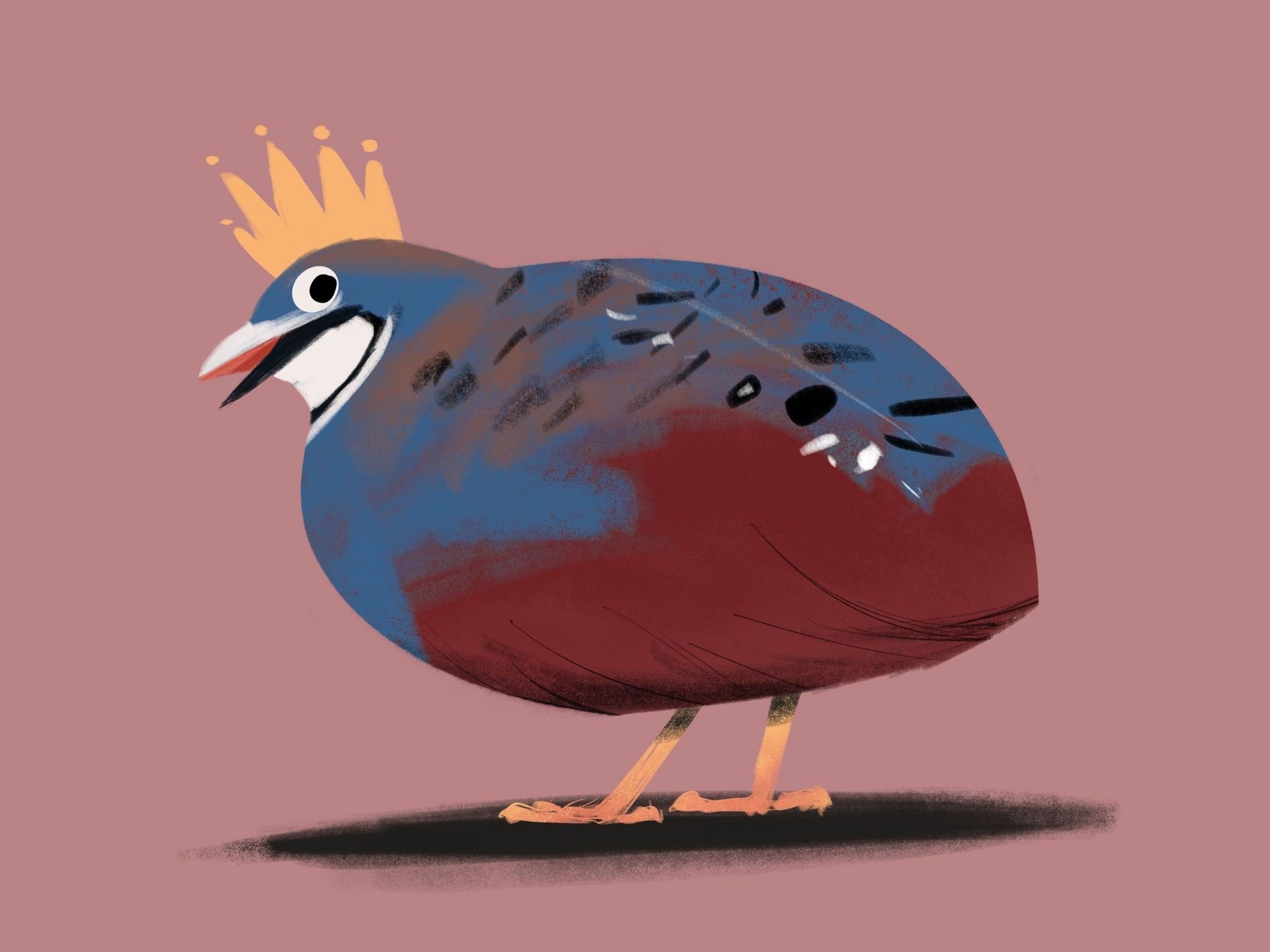
King *Q*uail - recorded in Singapore as an uncommon resident and found across Southeast Asia and Australia with 6 different subspecies.
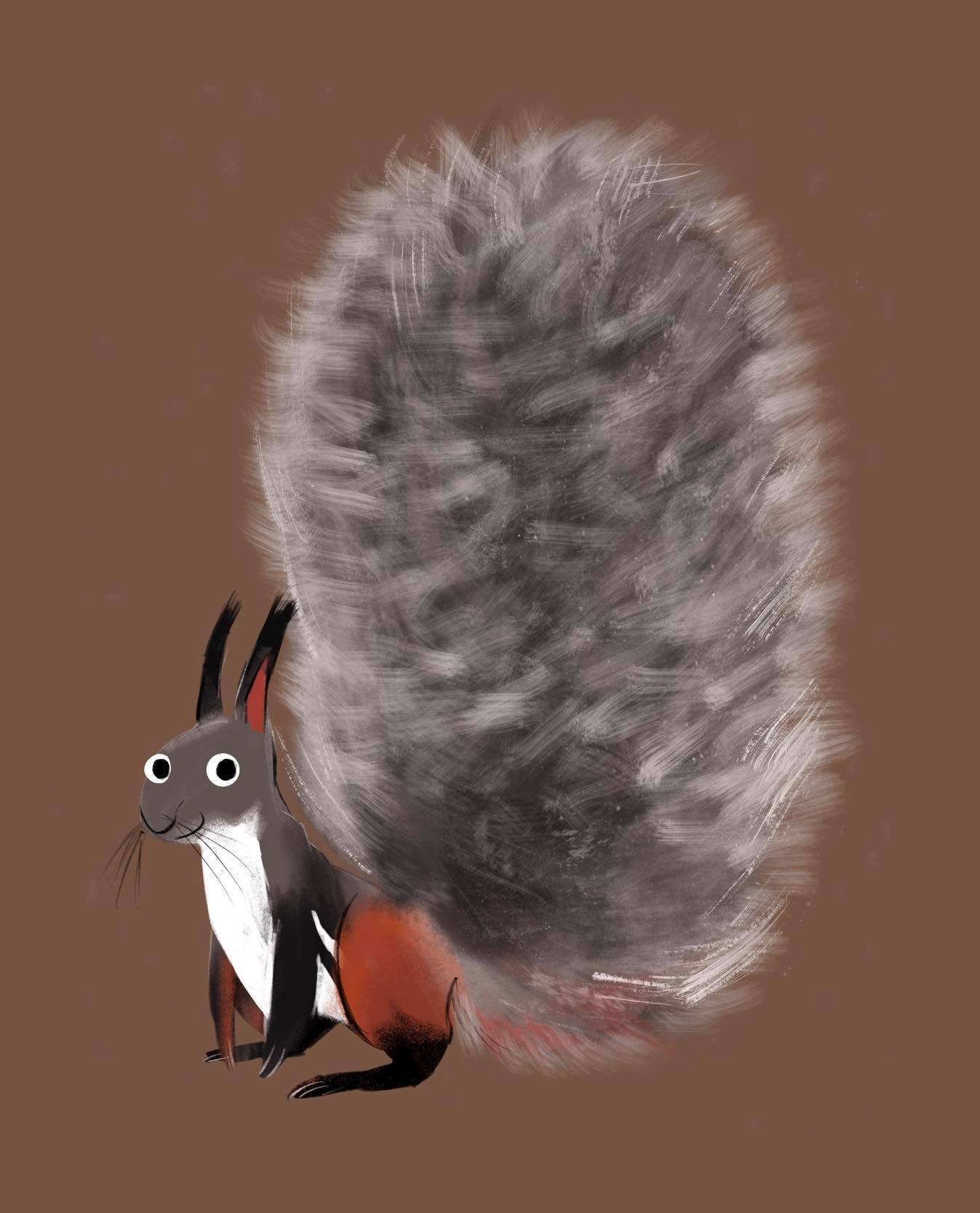
*R*heithrosciurus macrotis (Tufted ground squirrel) - with the world's most bushy tail. It is the only species in its genus and is only found on Borneo island. It is thought to be able to take down deers but has been mistaken for Yellow-throated marten, a cute and viscous predator. Its diet is typical of a squirrel, consisting of nuts, seeds and insects.
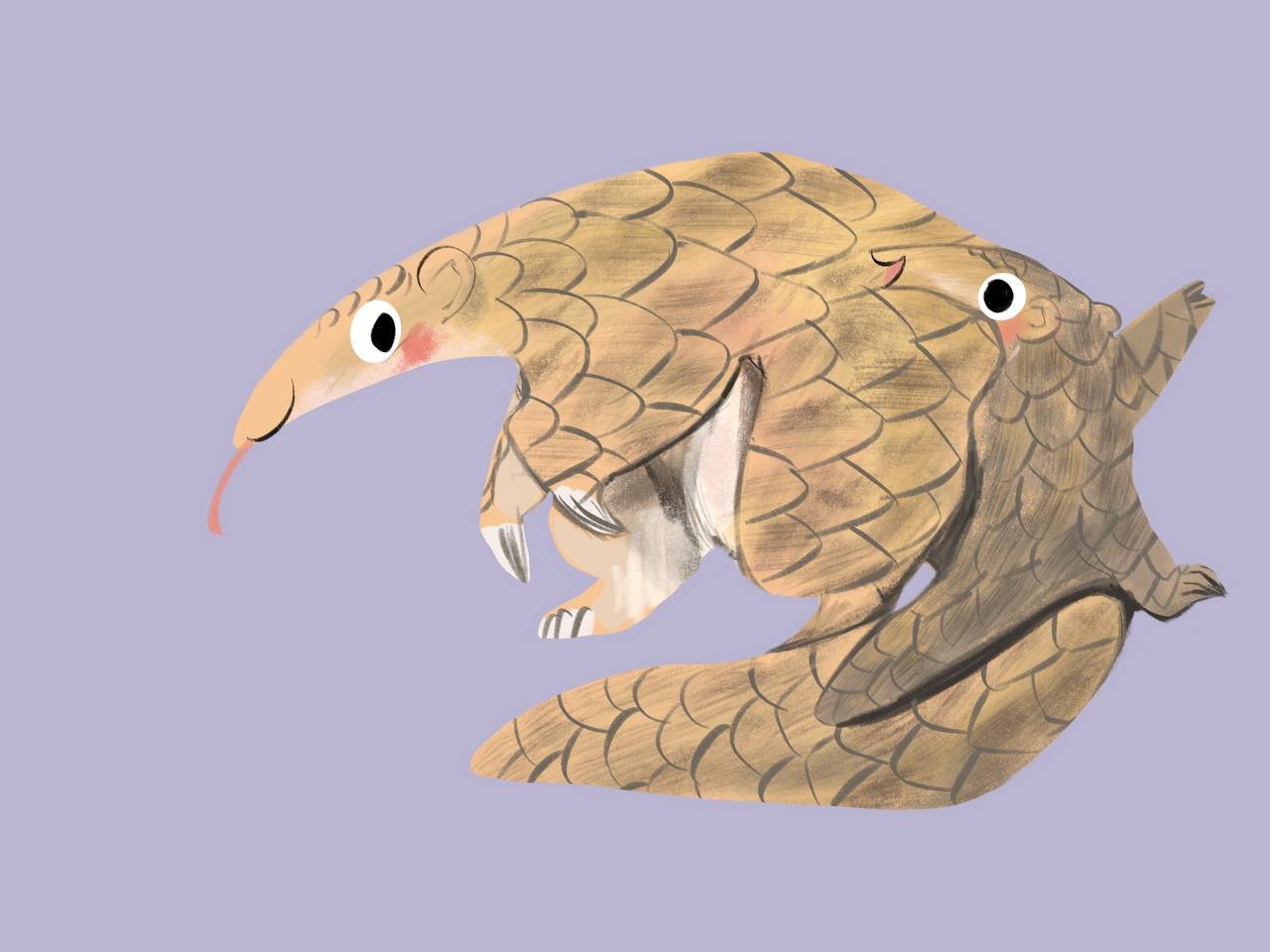
*S*unda Pangolin - an animal who needs no introduction!
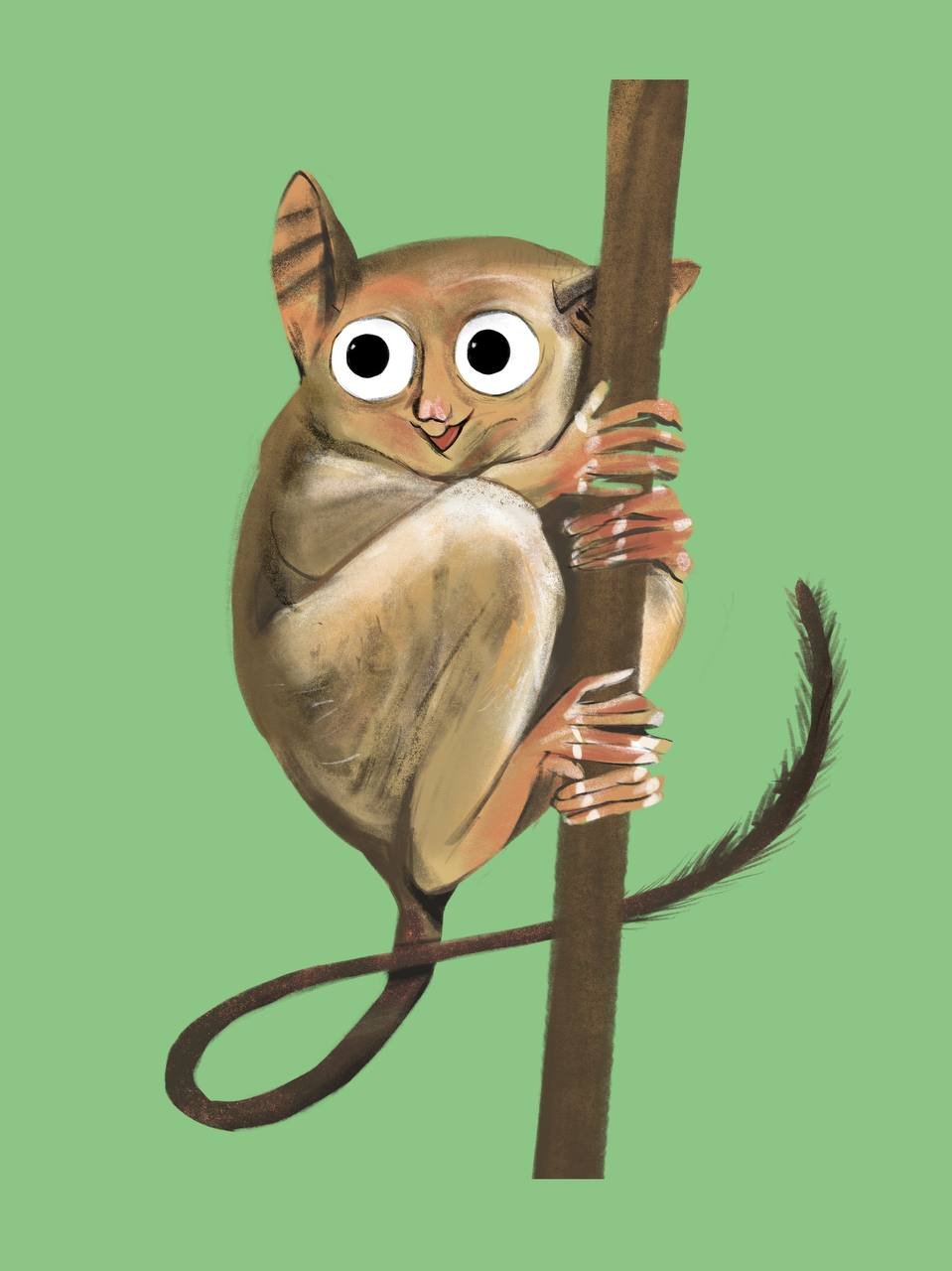
*T*arsier - As I was deciding between Tapir and Tarsier, I realised Tapir can be found in America too so I decided to go for the most exclusive primate that is only found in Malaysia, the Philippines, Indonesia and Brunei. There are about 13 species and this one is the Philippine. I still am hoping to see one in the wild.
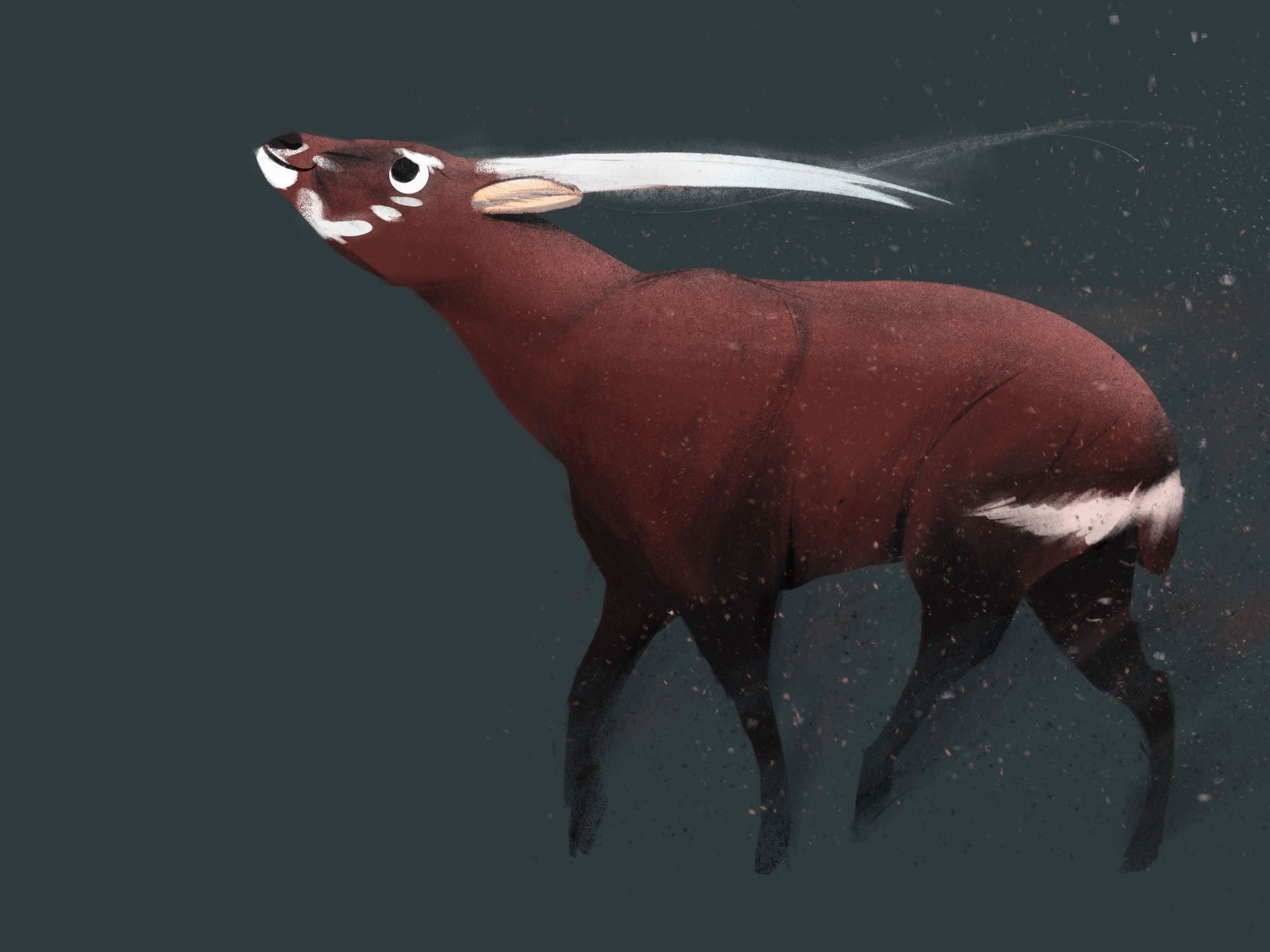
Saola (Asia's *U*nicorn) - The male Saola, meaning “spindle horns” in Vietnamese, from Vietnam and Laos. Not a single dslr shot of this species exist as of today - one of the world's rarest large mammals. I painted it like it was going to disappear eventually from the face of earth.
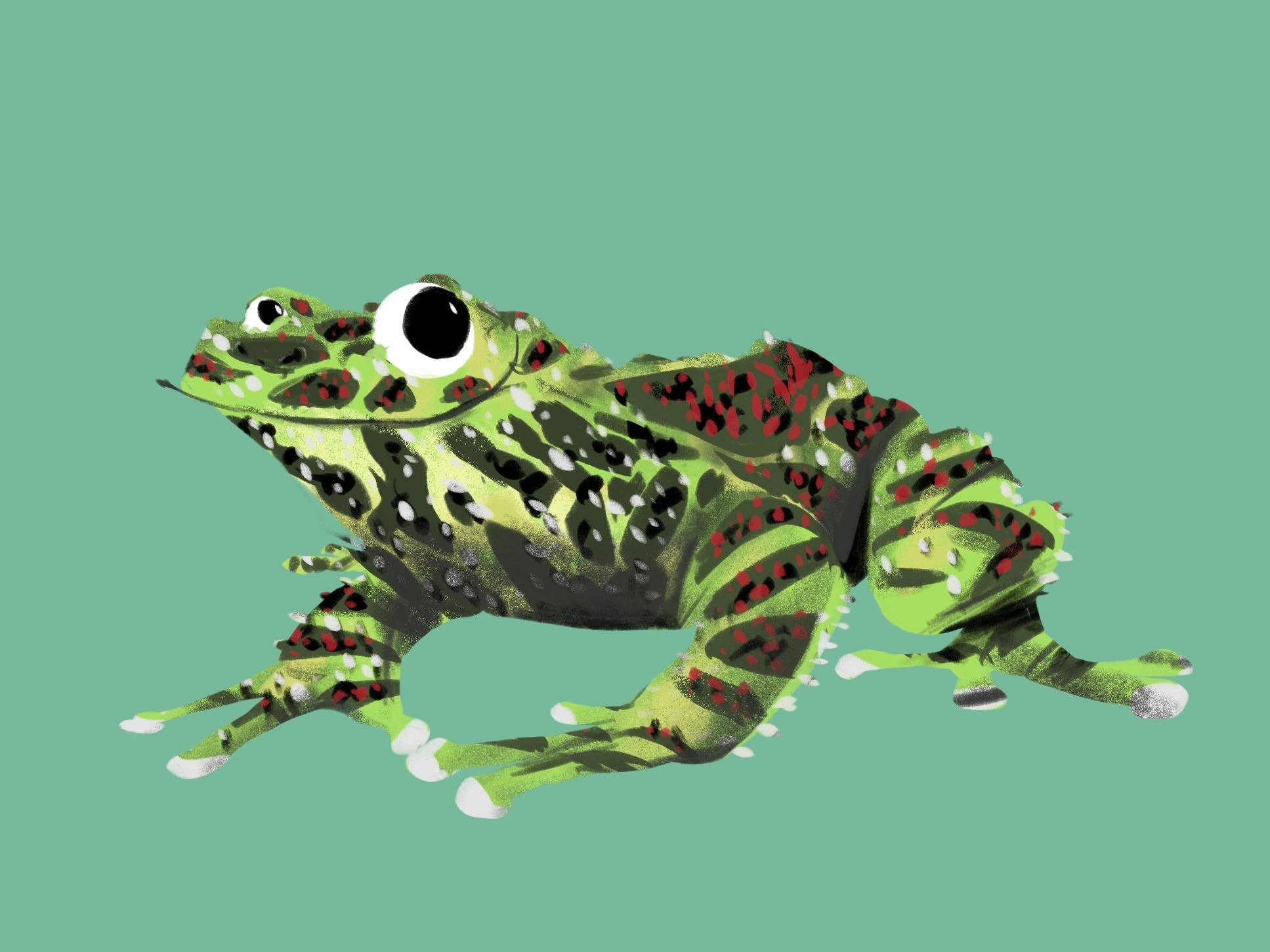
*V*ietnamese mossy frog - The Vietnamese mossy frog (Theloderma corticale) is remarkably camouflaged and will curl into a ball when frightened, effectively blending into the surrounding environment. It has been recorded in North Vietnam, Laos and China. It is so popular as pet that it is virtually impossible to find a picture of a wild specimen in the actual wild.
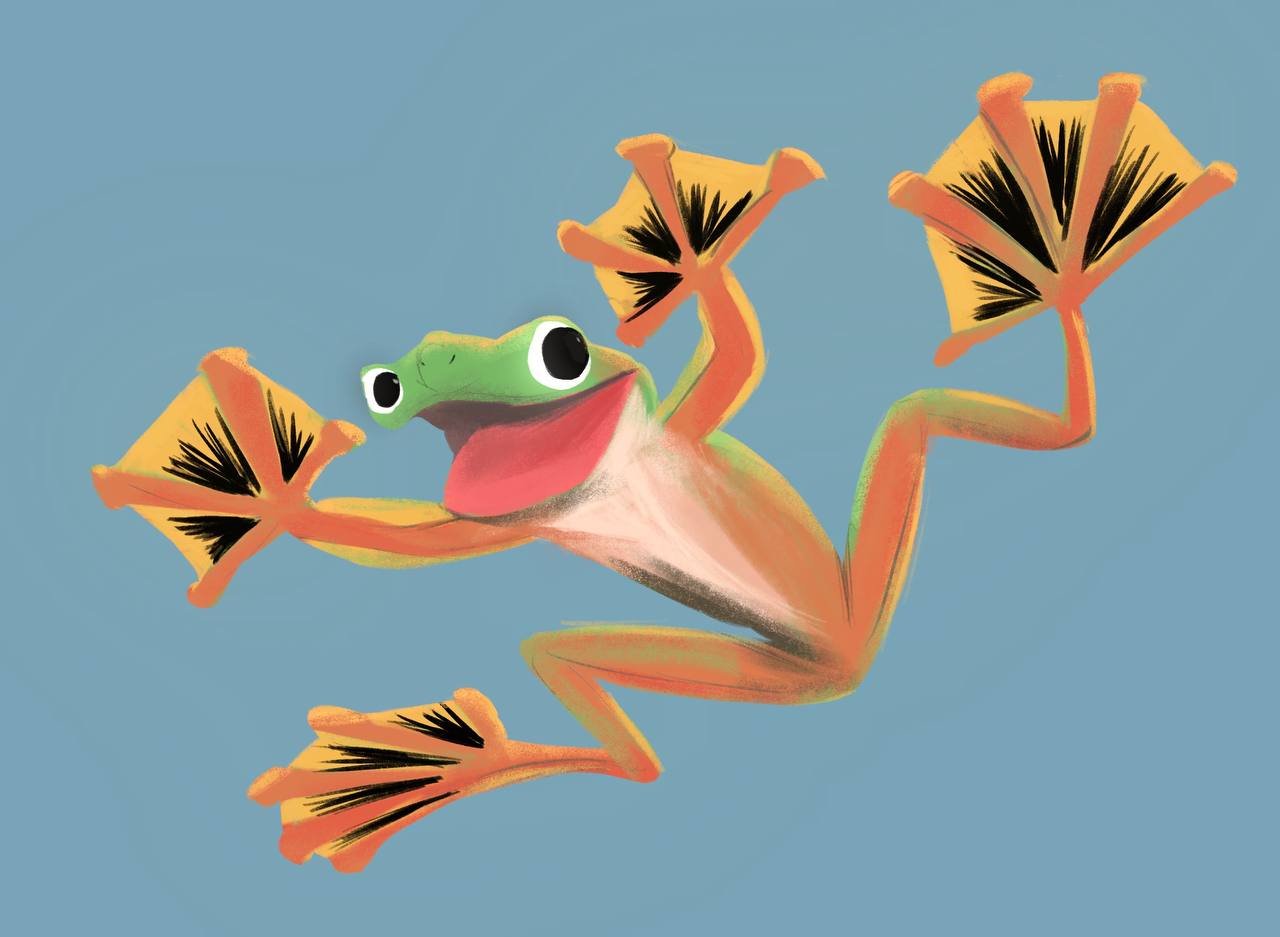
*W*allace' flying frog - with the tallest tropical trees in the world these herps have adapted to the great heights by covering more areas with their gliding capabilities.
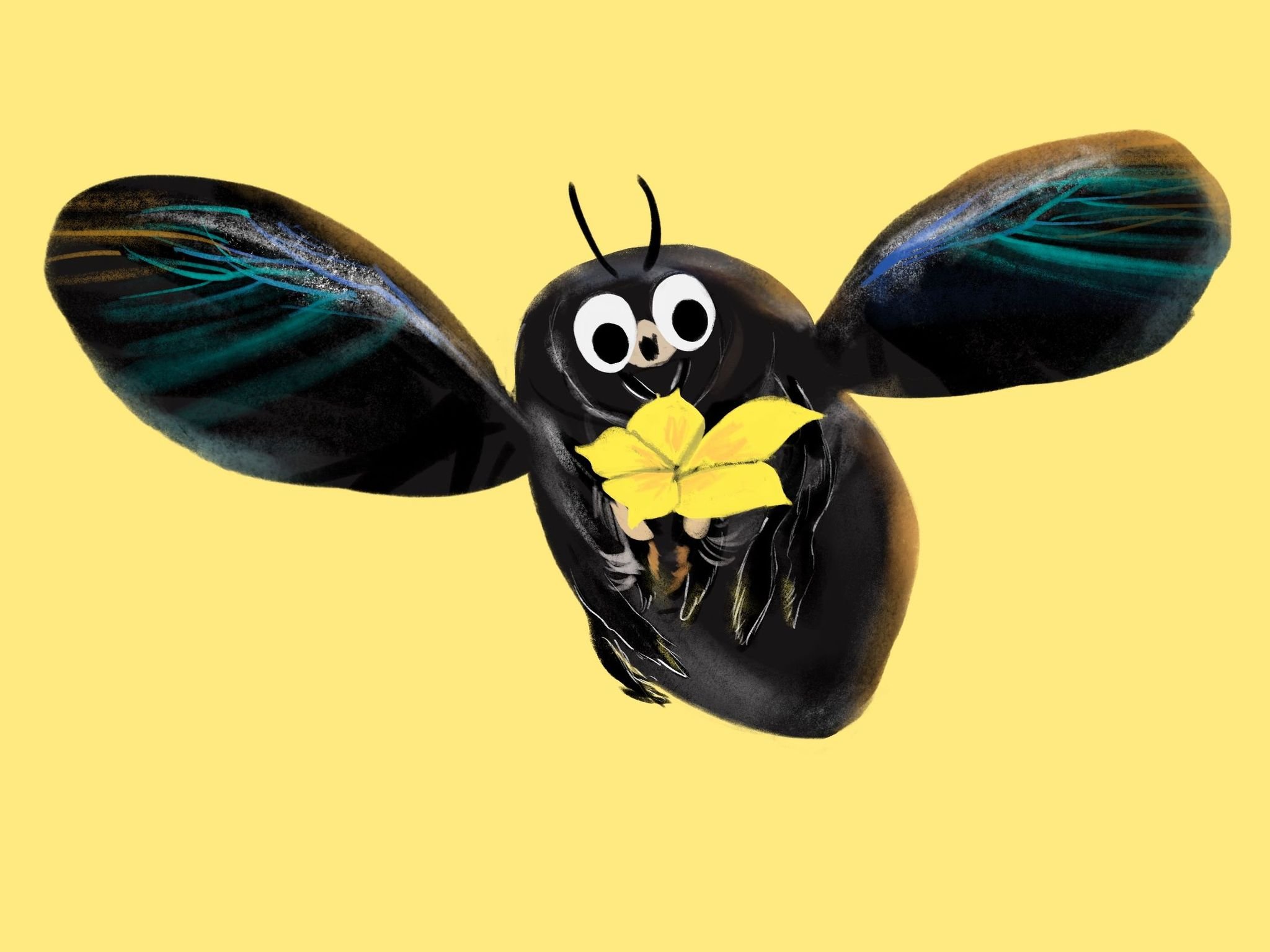
*X*ylocopa latipes (Tropical carpenter bee) - one of the world's largest bees and might be the gentlest too.
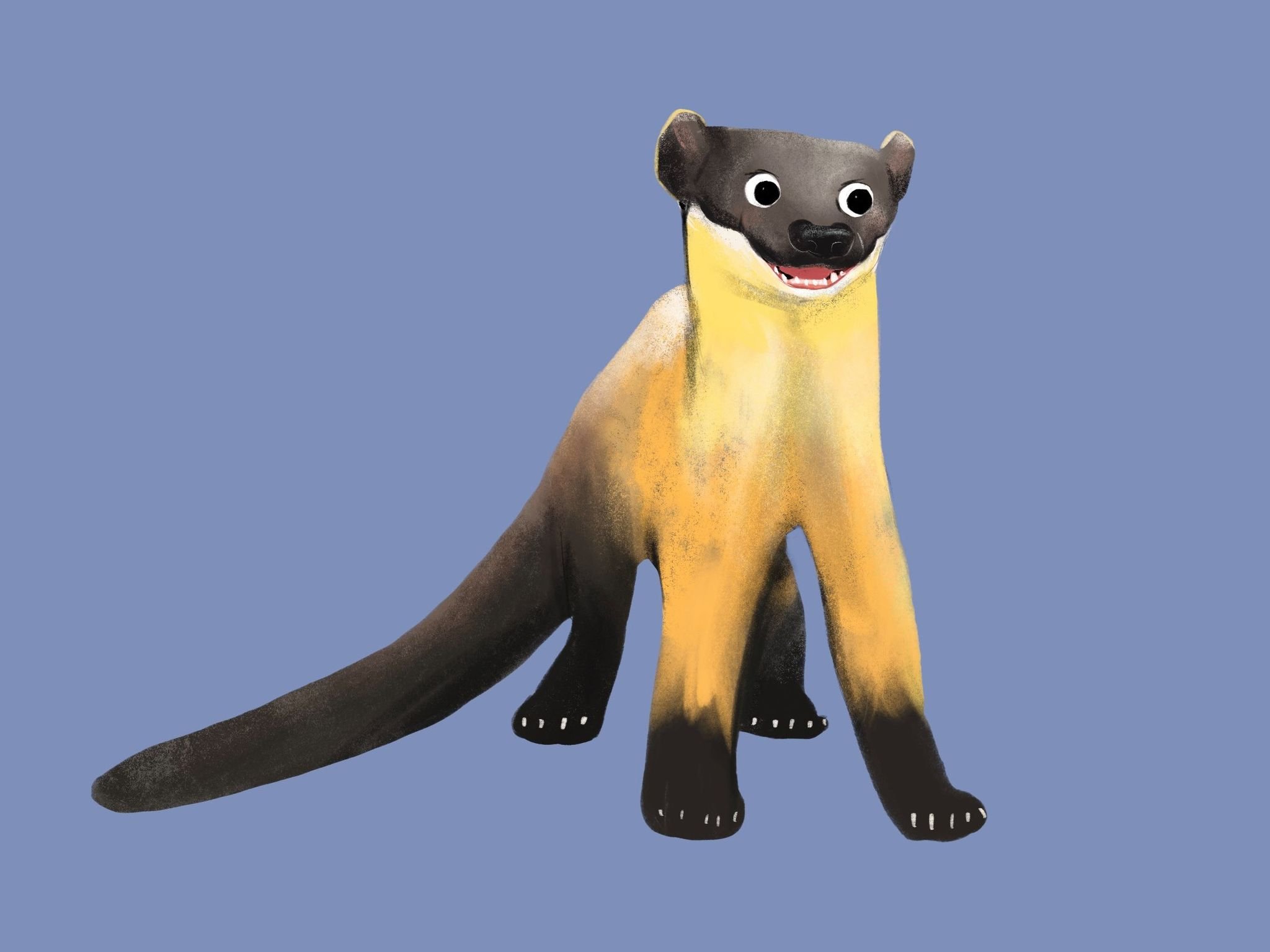
*Y*ellow-throated marten - a very capable predator, it can take down a deer.
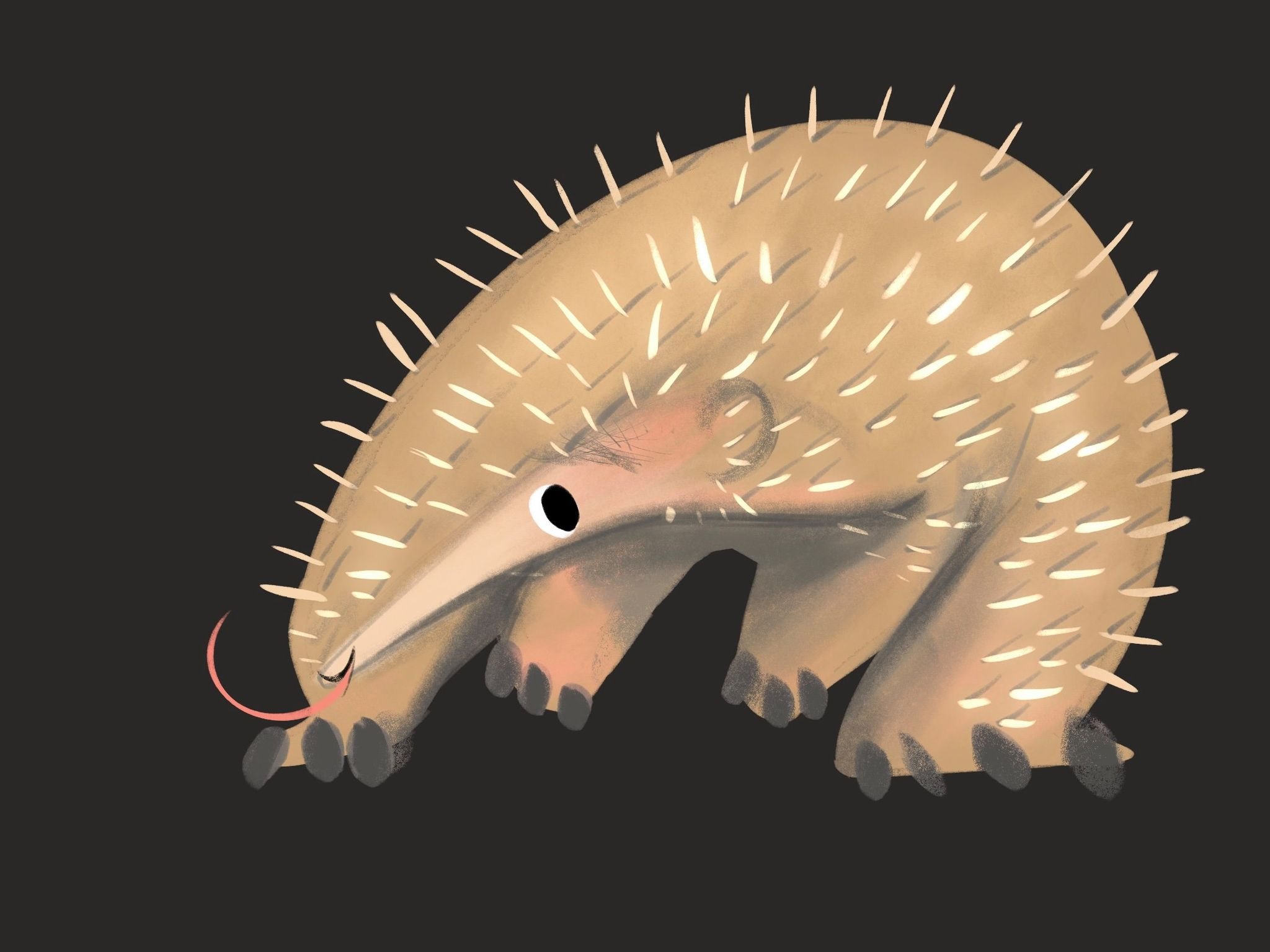
*Z*aglossus attenboroughi (Sir David's long-beaked echidna) - tucked all the way to the end of Southeast Asia, just next door to Australasia. I never knew we had Echidnas in our region.
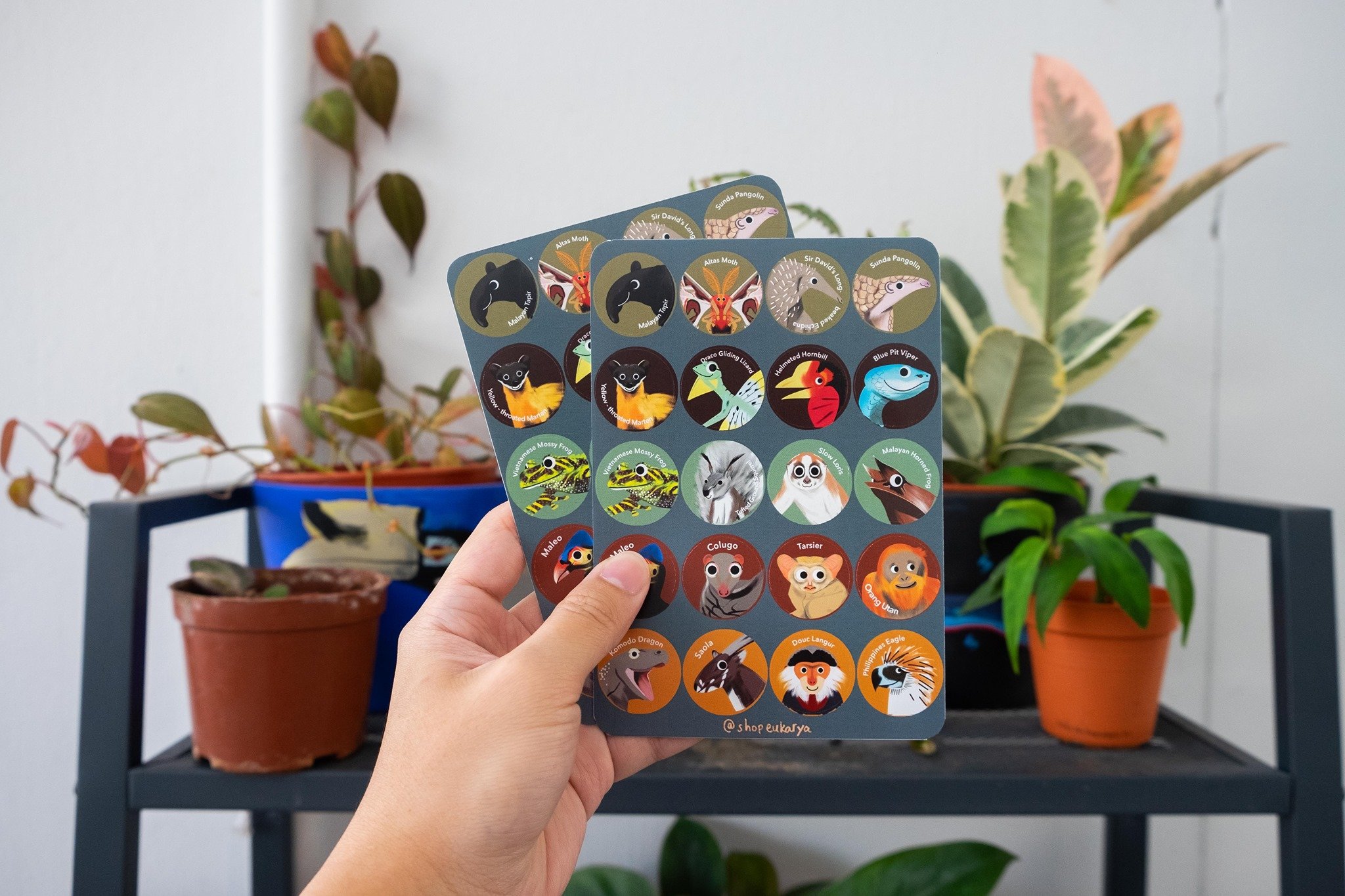
SEA endemic species sticker set.
“I felt a sticker sheet would be one of the most effective ways of outreaching people and inspiring them to protect what we have in the region. The cute factor would charm one's heart as they have this in possession and they might gift this to their loved ones, spreading the message even further. I hope to create more like this in the future, covering more species.
The featured species in this series are Malayan Tapir, Atlas Moth, Sir David's Long-beaked Echidna, Sunda Pangolin, Yellow-throated Marten, Draco Lizard, Helmeted Hornbill, Blue Pit Viper, Vietnamese Mossy Frog, Tufted Ground Squirrel, Slow Loris, Malayan Horned Frog, Maleo, Colugo, Tarsier, Orang Utan, Komodo Dragon, Saola, Douc Langur, Philippines Eagle..”
— Kenneth Chin
